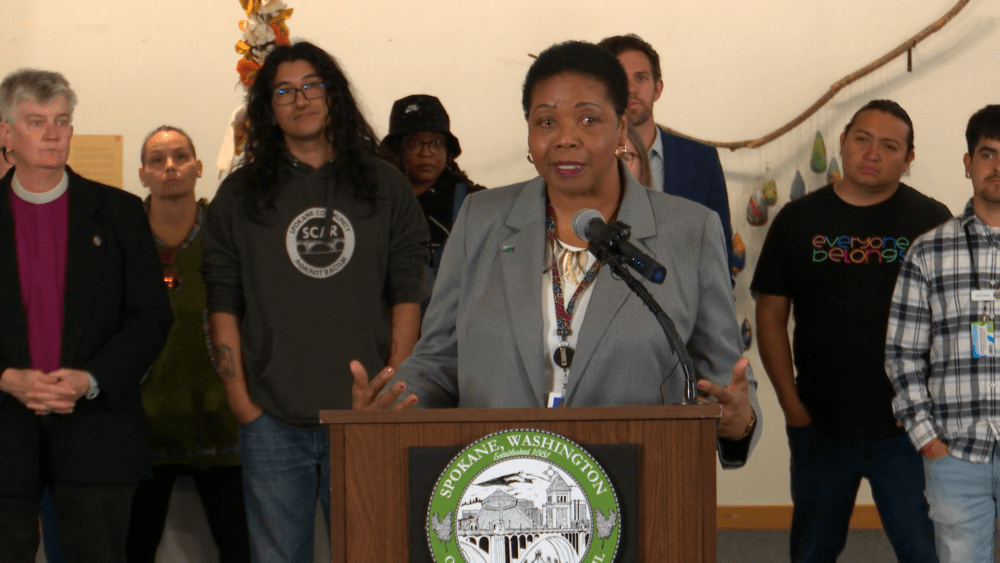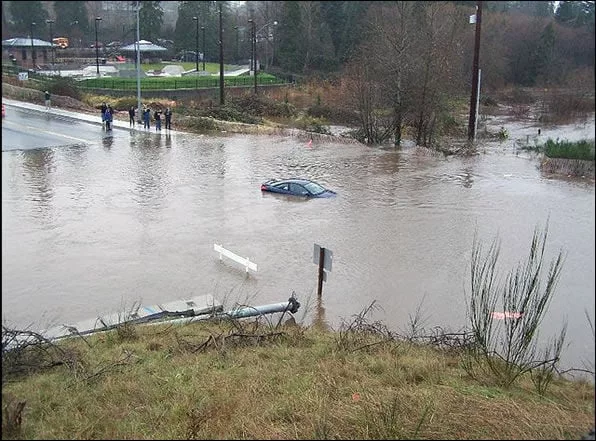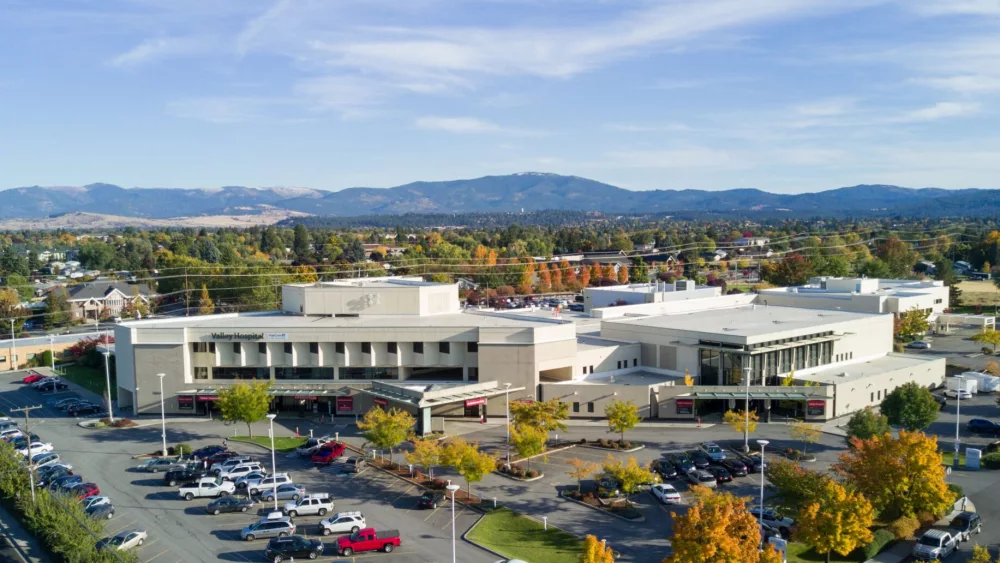(The Center Square) – The Spokane Valley City Council welcomed 2024 on Tuesday evening with two new members and a return to a newly remodeled city hall.
Following their respective wins in the Nov. 7 general election, newcomers Jessica Yaeger and Al Merkel were sworn in as the Position 2 and 3 representatives, respectively. Also taking the oath of office was Position 6 incumbent Tim Hattenburg, who was re-elected in November to a new term.
In the city’s council-manager form of government, the seven-member council elects a mayor from its ranks and incumbent Pam Haley – nominated by Hattenburg – was reelected to a new term in a 5-2 vote that included support from Yaeger, Rod Higgins, and Laura Padden. Merkel and Ben Wick each nominated and voted for themselves.
Hattenburg was elected deputy mayor in a 4-3 vote following nomination by his predecessor, Higgins, with support from Haley and Wick. Yaeger, who nominated herself for the position, received votes from Padden and Merkel.
In other business, no council members supported a request from Merkel to consider repealing an ordinance approved last month that establishes an annual $20 license tab fee on vehicles registered within city limits to fund a new transportation benefit district. Collection of the tab fee by the state Department of Licensing is expected to start this July.
Much of Tuesday’s meeting was focused on presentations by utility engineering manager Adam Jackson and assistant engineer Dan Baker on a trio of grant proposals regarding a tree inventory on city properties and traffic-related infrastructure and safety improvements.
In a 6-1 vote, with Merkel dissenting, the council authorized city staff to apply for $225,000 in grant funding through the Washington Department of Natural Resources’ Community Forestry Assistance program, which receives monies from the U.S. Forest Service and a state legislature allocation.
If received, Jackson said the grant award could pay for documentation of the age, size, condition and potential risks of an estimated 2,200 trees located on city properties, along with some maintenance, over a three-year period.
Along with other natural features which mitigate stormwater runoff, Jackson said a tree inventory could also help in the city’s pending five-year renewal of its National Pollutant Discharge Elimination System permit, which is overseen by the Washington Department of Ecology with an application due in July.
Expedited approval of the grant application was sought because of a Jan. 8 submission deadline, said Jackson, after staff became aware of the grant opportunity in early December but regular schedules were disrupted by the Christmas and New Year’s holidays.
The grant program does not require a local match and offers funding up to $350,000, but Jackson – in response to questions from the council and public – indicated that the $225,000 request would likely meet the city’s needs.
In responding to questions from Merkel, Jackson said staff would likely defer to the Municipal Research and Services Center – a statewide resource for local governments – on recommendations for a prospective consultant and contractor to handle the project if funds are received.
Jackson and Baker also outlined two potential traffic-related grant proposals that the city council may be asked to act on later this month.
One involves the 2024 County Safety Program funding, offered every two years through the Washington Department of Transportation and federal Highway Safety Improvement Program, which has $35 million available nationwide to address serious and fatal injury crashes. Applications are due Feb. 2 and require a local road safety plan, with awards being announced this fall.
Jackson acknowledged the city would “be lucky” if it received up to $2 million as an allocation.
An evaluation of “prominent” crash types and severity over a five-year period between 2018-2022 showed that Spokane Valley has experienced 5,508 crashes overall, including 34 fatal wrecks and 127 wrecks with suspected serious injuries. Thirty of the collisions involved pedestrians. Primary crash locations were the streets of Argonne, Pines, Sprague, Sullivan and Trent – main travel corridors with high traffic volume. Contributing driver behaviors included speeding, sobriety impairment, failure to yield, and disobeying traffic laws, signals, and stop signs.
With funding, potential mitigation measures could include improved stop/yield signage, controls to limit vehicle turns, reduced speeds, evaluation of travel lane size and driveway spacings, installing roundabouts, and use of monitoring/compliance cameras on traffic lights and in school zones.
In a separate proposal, Jackson and Baker said the U.S. Department of Transportation is providing funding through a $1.5 billion program called RAISE: Rebuilding American Infrastructure with Sustainability and Equity. It aims to improve surface transportation in urban and rural areas with funding for roads, bridges, public transportation, passenger and freight rail, ports, airports, intermodal projects and stormwater remediation.
States can receive up to $225 million with local awards ranging from $5 million to $25 million with a 20% funding match. Applications are due Feb. 28 with notifications set for June 27. If received, city officials said funds could go toward a proposed $42.3 million interchange at the Sullivan Road and Trent/Interstate 90 intersection, where engineering studies began last fall and construction is anticipated in 2026.





